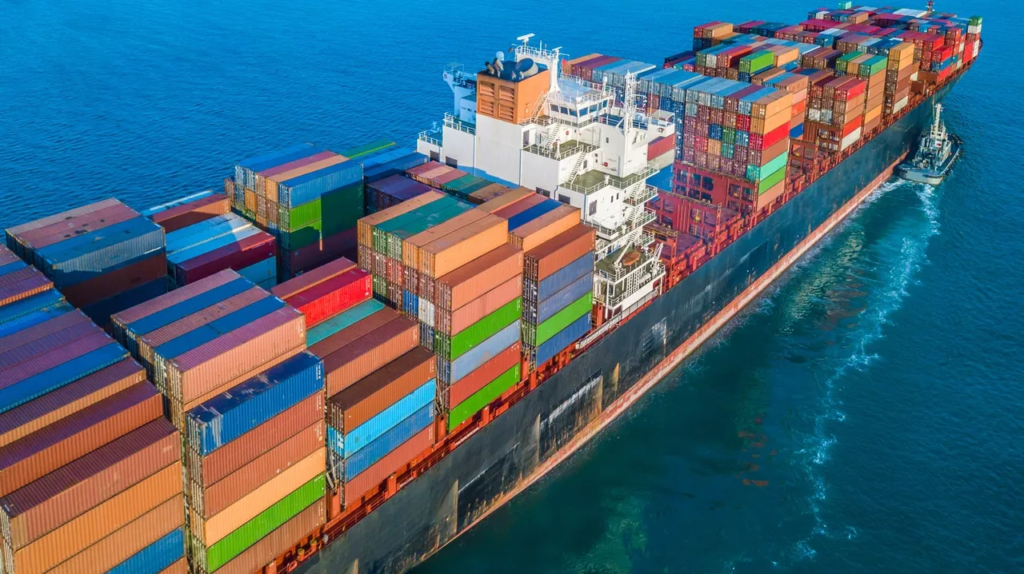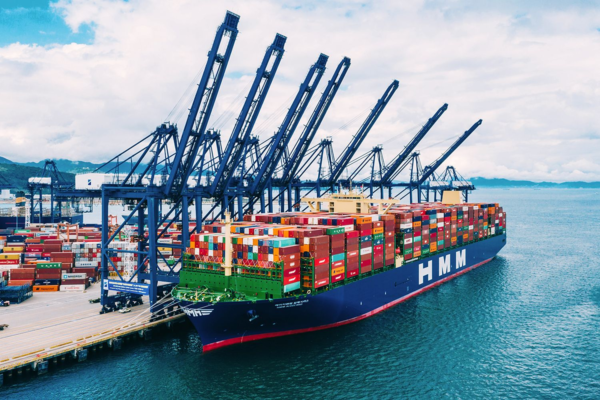
Everyone involved in the shipping and freight industry would have come across various clauses and stamps on a Bill of Lading..
There are specific reasons why Bill of Ladings have clauses typed or stamped on them .. Here we will discuss these clauses in relation to “containerized” shipments only..
Standard/Normal Clauses that appear on a bill of lading and what it signifies
1. Shippers Load, Stow and count or SLAC –
Shipping line is saying that the shipper has loaded, stowed and counted the contents..
2. Said to Contain or STC –
Shipping line is saying that based on the shippers declaration, the container is said to contain XYZ cargo and they haven’t verified the contents.. It is the shipper’s responsibility to ensure that they declare the actual and correct cargo loaded in the container.

3. Shipped on Board –
Shipping line is confirming that the container has been loaded on board the ship mentioned in the bill of lading
4. Received for Shipment –
Shipping line is confirming that the container has been received by them under their control for shipment on a nominated vessel
5. Freight Prepaid –
Shipping line is certifying that the freight for the carriage of the cargo has been paid at the origin port
6. Freight Collect –
Shipping line is certifying that the freight for the carriage of the cargo has to be paid at the destination port
7.Freight Payable at XXXXXXX –
Shipping line is certifying that the freight for the carriage of the cargo has to be paid at a specified location
Special Clauses that are sometimes requested by customers which some carriers allow at their discretion
1) 14 (or “x” number) demurrage or detention free days at destination –
By showing this clause on the bill of lading, the carrier is confirming the demurrage or detention or combined free days at destination that is offered to the client
2) Express Bill of Lading, no original required –
By showing this clause on the bill of lading, the carrier is confirming that cargo maybe released to the consignee on the bill of lading without the requirement of an original bill of lading
3) On-carriage to final destination on consignee’s risk, cost and responsibility –
This clause is shown in some bills of lading where the Place of Delivery is some inland point, but the movement from the Port of Discharge to Place of Delivery will be done by the consignee or their nominated agent.. This is normally requested by the shipper and in such cases, the shipper and the carrier do not take any responsibility for the movement..
4) The value of the cargo is XXXXX covered under commercial invoice YYYYY –
In very special cases where dictated to by a Letter of Credit, some carriers show this clause in the body of the bill of lading as per request of the shipper
Clauses that are contentious and not readily allowed by the carrier(s)
1) Clean on Board – Read my previous blog “precautions when signing & issuing a Clean on Board bill of lading” and “Clean on Board or Shipped on Board” to see why this clause is dangerous ..
2) Under Deck Stowage –

There maybe cases where a container may require to be kept away from the elements – either sun or water..
For example, some cargoes like bitumen, gums, natural rubber etc can experience a lot of temperature fluctuations during the course of a voyage and this fluctuation may result in the melting, softening, hardening or caking which may render the cargo useless..
This clause will be requested by the shipper and if the line has indicated on the bill of lading that the container has been stowed under deck and in reality it hasn’t been, the carrier is vulnerable to cargo claims..
3) Deck Stowage –

Customers might specifically request that a container be stowed on deck as the cargo might be Out of Gauge and needs the space and clearance so as not to be crushed by other containers under deck during loading or discharging operations..
Also there are certain types of hazardous cargoes that are not allowed to be discharged at the port facility and needs to be discharged directly onto trucks and moved out of port..
To cover themselves against the Under Deck and Deck stowage clauses above, some shipping lines have a clause to the effect
“Goods, whether packed in Containers or not, may be carried on deck or under deck without notice to the Merchant unless it is specifically stipulated on the front hereof that the Containers or Goods will be carried under deck.
If carried on deck, the Carrier shall not be required to note, mark or stamp on the Bill of Lading ………………”



